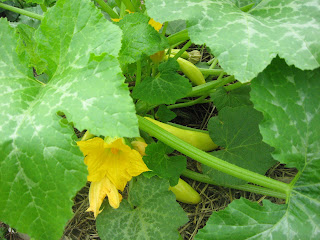Coneflower
Echinacea or coneflower as it is commonly known is not only a beautiful native perennial, it has also been used as an herbal remedy for generations. The purple coneflower was used by the plains Indians and early settlers for internal illnesses such as the common cold or upset stomach. External wounds were often treated with salves made from the plant. Teas made with the leaves and petals have been thought to boost the immune system and fight off viral infections as well. It is thought to have anti-inflammatory properties as well. While science has studied these claims for many years their findings have been less than impressive. In spite of this, many still depend on its healing power in the form of supplements added to their daily diet. However, you should discuss it with your doctor before taking any herbal derivative as it may interfere with any other drugs you may be taking.
If you decide to add a coneflower to your perennial or pollinator garden you will not be disappointed with the results. With big beautiful flowers, they will have the bees, butterflies, and birds visiting you often. They will grow best in full sun with well-drained soil. Fertilize lightly.
Blackeyed-SusanRudbeckia or blackeyed Susans are found all over the United States. They brighten the sides of many back roads across the map. You can plant them from seed or buy them from your local garden center. Not only are they native, but they also attract a variety of pollinators in the summer and birds in the fall and winter as they produce seed. These plants are tough. They will grow in poor soil and are drought tolerant. They love full sun but will tolerate some shade. If you take time to deadhead these beauties. you will encourage more blooms to develop and help to build a sturdier, more compact plant. If your area is prone to visits from local wildlife such as deer and rabbits, you may want to think about planting some repellent plants such as rosemary or lavender nearby to keep them from feasting on your blackeyed Susans.
Yarrow
What's not to love about this stunning native? Yarrow is a hardy plant that withstands a lot of adverse conditions from poor soil to drought but what it doesn't like is shade. Plant this lovely perennial in full sun but be mindful of your spacing as yarrow can become invasive. Give it plenty of room to grow. If it has to battle for the territory it will undoubtedly win. Early Native Americans used this plant medicinally for the treatment of mental disturbances such as depression and anxiety. There have been some studies that have suggested, though not proven, that yarrow can offer some help for ADHD. However, do not take any herbal derivative prior to speaking to your doctor. Yarrow is also an excellent choice if your goal is to attract pollinators. Butterflies and bees will flock to your garden to visit these beauties daily.
Coreopsis
Coreopsis or tickseed as it is commonly referred to is a tall delicate looking flower that grows well in the moderate climates of zones 6 through 8. It isn't delicate as it has been spotted growing in traffic islands in the heat.
If you pinch off spent blooms often you will encourage new blooms throughout the summer. If you cut the plants back by one third about halfway through the summer it will generate new blooms late summer into early fall.
Tickseed is named such because of the resemblance of its seeds to ticks. The seeds are a favorite of the goldfinch in the fall and winter and the flowers are a favorite of many pollinators throughout the summer.
These gorgeous summer bloomers love poor well-drained soil and are still surprisingly drought tolerant once established.
Mulch well in the winter and say hello again in the spring.







